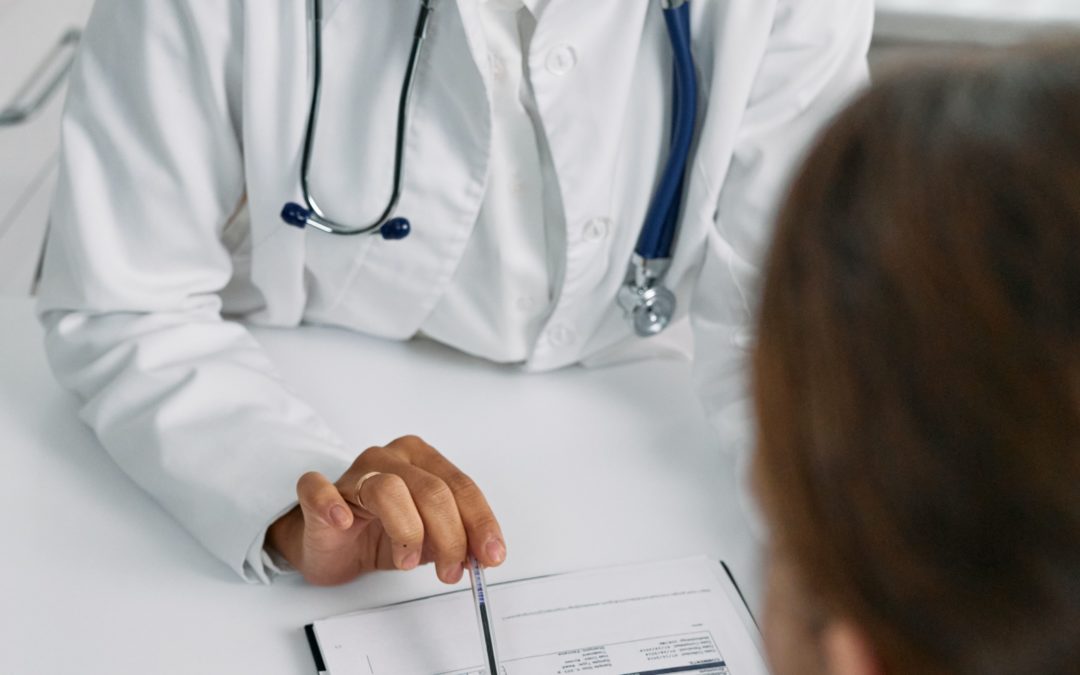Following the recent pandemic, clinical trials became the ‘buzz word’ not only in the medical community, but also in society in general. Consequently, the definition of a clinical trial is now widely known: in short, it is any trial conducted in humans in order to discover or confirm the clinical, pharmacological, including pharmacodynamic, effects of action of medicinal products, or to identify the adverse reactions to such products, or to monitor the safety and behaviour of a new medicinal product in the human body (source: Article 2.2 of the Pharmaceutical Law Act, Journal of Laws of 2008, No. 45, item 271, as amended). But what needs to happen for a newly discovered compound analysed in the laboratory to reach patients? This complex process is the subject of the so-called translational research.
In biomedicine, translational research, also referred to as bench-to-bedside research, means the process of bringing scientific discoveries from the laboratory bench to the patient’s bedside. In 2003, translational research was described as a two-stage process, where T1 represented the bench-to-bedside transfer referred to above, while T2 involved the translation of the results from clinical studies into improvements in public health. Currently, however, a four-stage model is commonly used, where:
- T1 is defined as the translation of the basic findings arising from laboratory research into clinical applications. It involves improving the understanding of human physiology and looking for ways to apply it in medicine. This stage of translational research includes pre-clinical and animal trials as well as the so-called ‘first-in-human’ (FIH) clinical trials in healthy volunteers;
- T2 research involves the translation of theoretical knowledge into patient applications – in other words, it tests the efficacy of new treatment methods;
- T3 focuses on the implementation of new recommendations and guidelines in general practice and involves the development of new widely used treatment routines;
- T4 involves the translation of the new routines into public health and studies the factors that influence the health of the population in order to develop ways to improve it.
So how does translational research differ from basic or applied research? Well, basic research is a type of methodological research directed toward improving the understanding of the laws of nature. It does not cover aspects related to putting the findings it has provided into practical use. For example, basic biomedical research focuses on improving the understanding of disease processes and uses cell cultures or animal models. Translational research forms a specific subset of applied research, which focuses on the practical application of scientific findings.
Although translational research is a relatively new concept, it is now recognised globally. In the U.S. in 2006, the National Institutes of Health implemented a special Clinical and Translational Science Awards Program which aims to promote cooperation within a network of research centres in order to streamline the translational research process with the intended result of making new treatment options available to a larger group of patients faster.
As far as the aforementioned two-stage model is concerned, the T1 component often overshadows T2 for obvious reasons. T1 yields results that are usually much more spectacular because they typically involve an exciting new scientific discovery or device that causes widespread admiration upon its announcement and brings sizeable profits to the lucky inventor. But putting more emphasis on the development of T2 research can provide significant benefits for the community in general. The ability to perform effective medical interventions in hospitals or patients’ homes depends on the translation of knowledge not only in the field of biotechnology or state-of-the-art therapies, but also other basic sciences, including psychology, epidemiology, behaviourism and economics. Developing new ways of providing safe care for patients whenever they need it is a very difficult challenge and has implications for the general health of the entire population. This endeavour can only be achieved by transforming public health systems in such a way as to enable overcoming any social or environmental barriers. After all, it is no news that when it comes to the process of unravelling disease mechanisms, poverty plays just as important a role as proteomics.
REFERENCES:
- https://en.wikipedia.org/wiki/Translational_research#cite_note-15
- https://ctsi.umn.edu/about/about-ctsi/what-translational-research
- https://toolbox.eupati.eu/resources/medycyna-translacyjna/?lang=pl
- https://ncats.nih.gov/ctsa/about
- https://www.aafp.org/about/policies/all/poverty-health.html
- Steven H. Woolf, “The Meaning of Translational Research and Why It Matters” 2008;299(2):211-213
